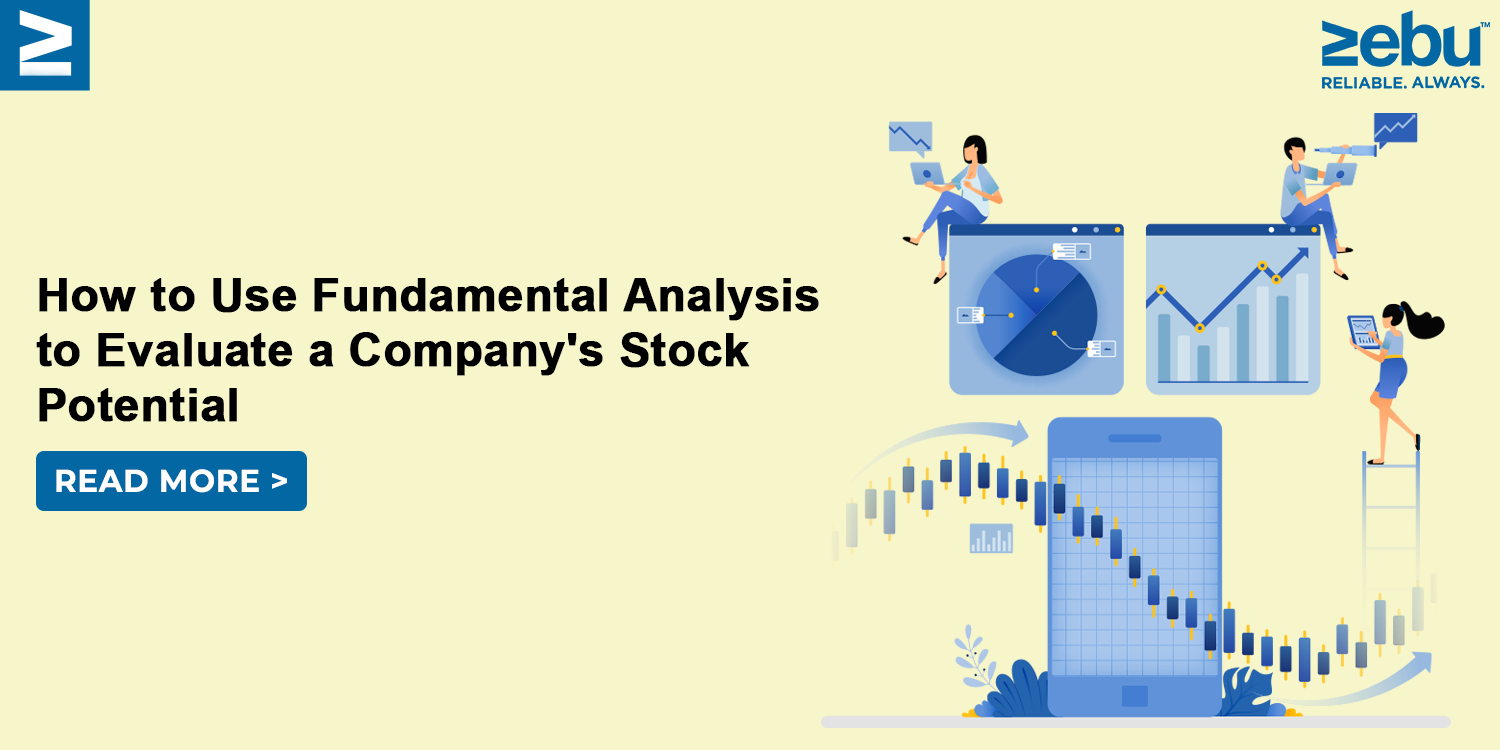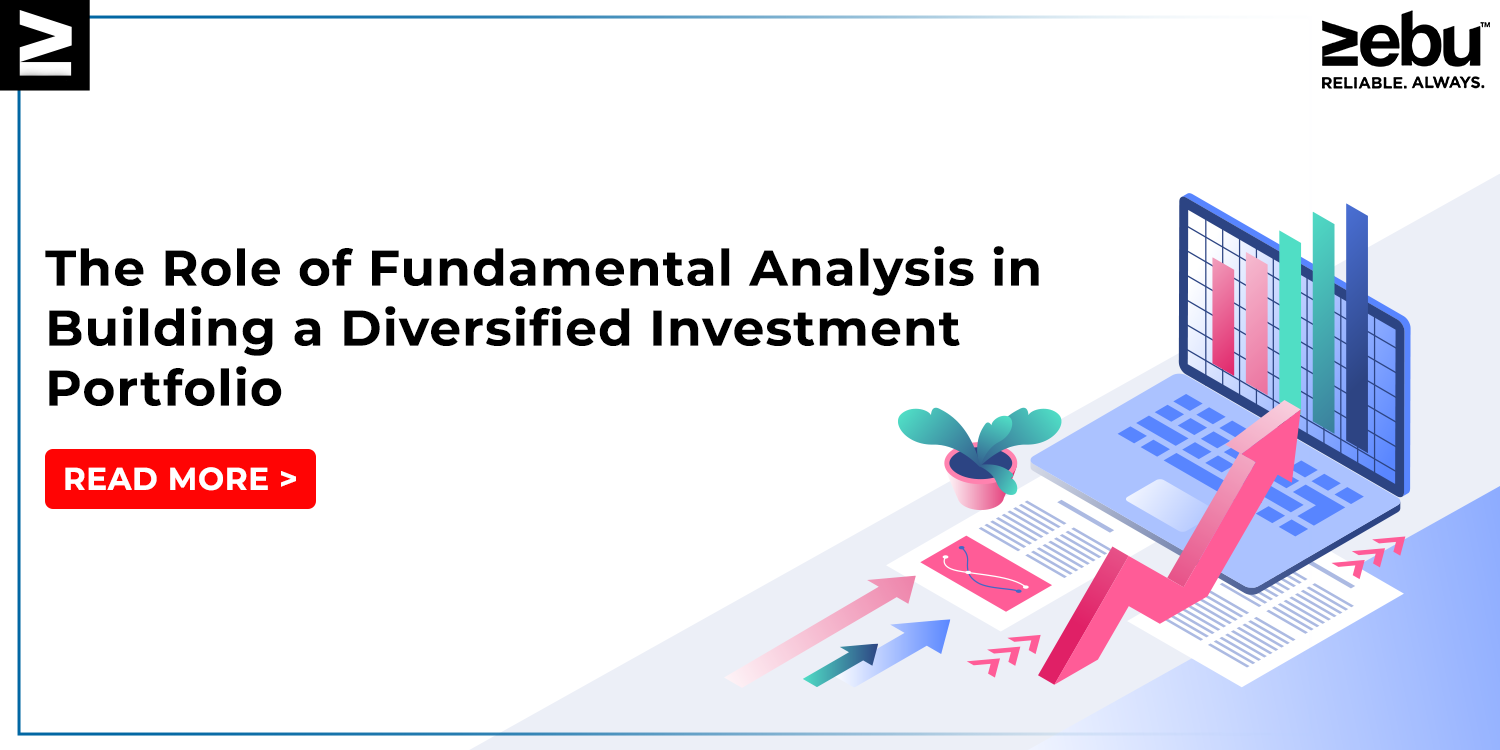
Fundamental analysis is a key tool for investors who are looking to evaluate the potential of a company’s stock. It involves analyzing the underlying financial and economic factors that can impact a company’s stock price, with the goal of identifying stocks that are likely to perform well in the long term.
There are several key steps that investors can take when using fundamental analysis to evaluate a company’s stock potential:
Review the company’s financial statements: One of the first things to do when conducting fundamental analysis is to review the company’s financial statements. This means analysing information such as balance sheets, income statements, and cash flow statements. By analyzing these documents, you can gain insight into the company’s profitability, debt levels, and other key indicators of financial stability.
Evaluate the company’s management team and business model: In addition to its financials, it is also important to assess a company’s management team and business model. This can involve evaluating the experience and track record of the management team, as well as the company’s competitive advantage and growth potential.
Consider the industry and market conditions: It is also important to consider the industry and market conditions in which a company operates. This can involve evaluating the overall health of the industry, as well as any potential risks or opportunities that may impact the company’s future performance.
Look for red flags: While conducting your analysis, be on the lookout for red flags that may indicate potential problems with the company. This can include things like declining revenue, increasing debt levels, or a management team that has a history of making poor decisions.
Compare the company to its peers: In order to get a more complete picture of a company’s stock potential, it is helpful to compare it to its peers in the industry. This can give you a sense of how the company is performing relative to its competitors, and help you to identify any potential strengths or weaknesses.
Assess the company’s valuation: Once you have completed your analysis, it is important to assess the company’s valuation. This involves comparing the company’s stock price to its fundamental metrics, such as earnings per share and price-to-earnings ratio, in order to determine whether the stock is overvalued, undervalued, or fairly valued.
In conclusion, fundamental analysis is a powerful tool for investors who are looking to evaluate the potential of a company’s stock. By analyzing the underlying financial and economic factors that can impact a company’s stock price, investors can make informed decisions about which stocks to include in their portfolio and how to diversify their holdings to reduce risk. By following these steps, investors can increase their chances of long-term success and achieve their investment goals.





